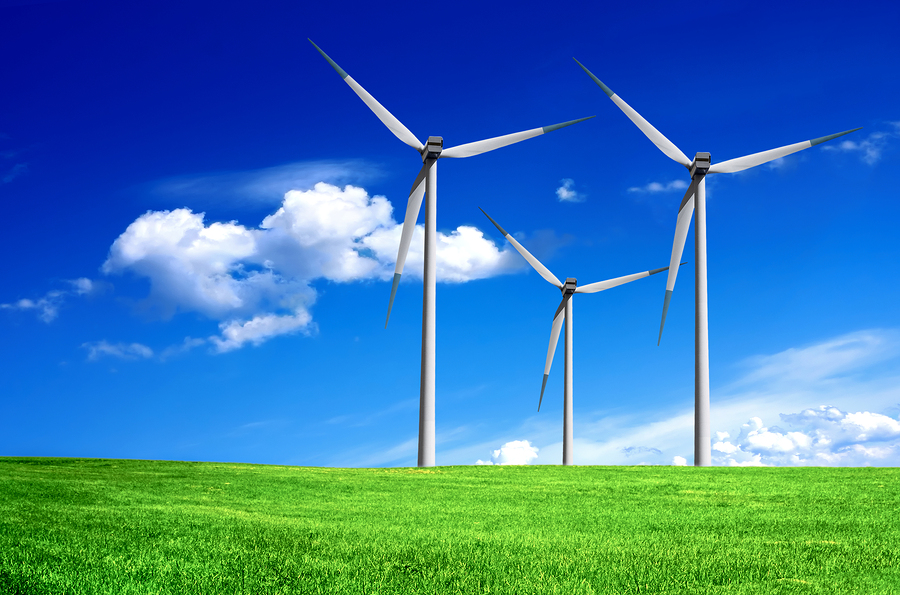The Power of Wind
Welcome back to the Canadian Energy Olympics, where energy
sources compete for the title of Most Promising Energy! Each source will
demonstrate its skills on the balance beam, since the most important energy
source of Canada’s future must be the perfect balance of
environmentally-friendly, cost-effective, and reliable. Last up, Wind!
Wind confidently launches onto the beam while the
judges begin to discuss its environmental impact. Like other renewable
energies, Wind doesn’t emit pollution while generating electricity. Given the
impact of greenhouse gases on global warming, this quality placed Wind ahead of
non-renewable competitors.1 One judge further notes that unlike Hydro,
whose dams damage the environment by destroying fragile ecosystems, Wind’s ecological
impact is minimized to a few avian populations.1
As the judges begin to evaluate its economic
prospects, Wind continues to breeze through its routine. One judge shares that according
to the Energy Information Administration, the capital cost of Wind per
megawatt-hour ($64.10) is significantly lower than that of Hydro ($72.00) and Solar
($114.50).2 Since it doesn't require fuel, Wind still maintains its
advantage once operating and management costs are considered.2
While Wind continues to outshine the competition, the
judges start to analyze its reliability. One judge laments that the energy
generated by a turbine can fluctuate greatly with wind speed. However, another
judge counters that recent studies by Graham Sinden show that although the
output of a single turbine fluctuates, the average output of all turbines in a
large wind farm is actually quite reliable.3 Combined with advances
in forecasting, the judges commend Wind for its significant improvements.
By the time Wind executed a perfect dismount off the
balance beam, the judges have decided which energy source is most important to
Canada’s future: when considering environmental impact, economic prospects, and
reliability, Wind blows the competition away by achieving balance!
Works Cited
1. Wind
Energy Development Programmatic EIS. "Wind Energy Basics." Wind
Energy Basics. Wind Energy Development Programmatic EIS, 2014. Web. 07
Sept. 2014.
2. U.S.
Energy Information Administration. "Levelized Cost and Levelized Avoided
Cost of New Generation Resources in the Annual Energy Outlook 2014." U.S.
Energy Information Administration. U.S. Energy Information Administration,
17 Apr. 2014. Web. 07 Sept. 2014.
3. Diesendorf,
Mark. Greenhouse Solutions with Sustainable Energy. Sydney, NSW: U of
New South Wales, 2007. Print.
